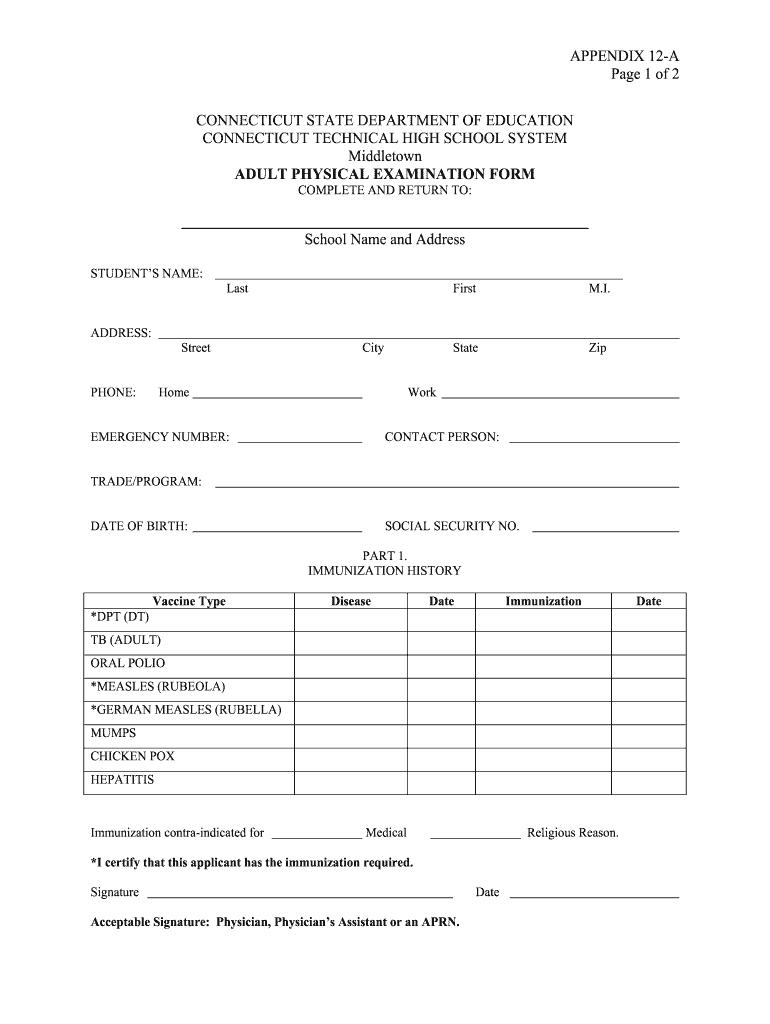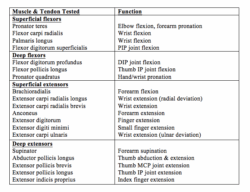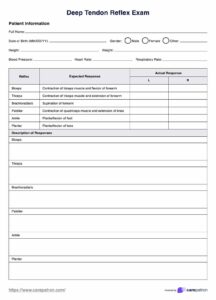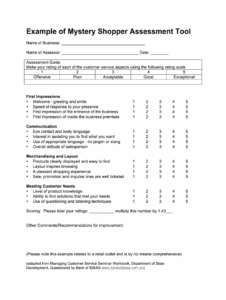Ever feel like you’re drowning in paperwork after conducting work physical exams? You’re not alone. Keeping track of all the vitals, observations, and recommendations can be a real juggling act. And let’s face it, if your documentation isn’t clear, accurate, and easily accessible, it can lead to misunderstandings, compliance issues, and even legal headaches down the road. That’s where a good work physical exam documentation template comes in handy. Think of it as your secret weapon for streamlined efficiency and peace of mind.

A well designed template not only saves you time but also ensures that you’re consistently capturing all the necessary information. It acts as a guide, prompting you to record everything from the employee’s medical history and current medications to the specific requirements of their job and any potential risks. By using a standardized format, you’ll minimize the risk of overlooking crucial details, leading to more informed decisions about an individual’s fitness for duty.
In this article, we’ll dive into the world of work physical exam documentation templates, exploring their benefits, key components, and how to choose the right one for your specific needs. We’ll also provide tips and best practices for effective documentation, so you can ensure that your records are accurate, complete, and legally defensible. So, let’s get started and unlock the power of a well-structured template to streamline your work physical exams.
Why a Standardized Template is Essential for Work Physical Exams
The advantages of employing a standardized template for your work physical exams are numerous and far reaching. Imagine trying to bake a cake without a recipe. You might get lucky, but more likely, you’ll end up with a mess. The same principle applies to documenting physical exams. A consistent template provides a framework, ensuring that all essential data points are captured for every employee, every time. This consistency is vital for comparative analysis over time, tracking trends, and making informed decisions about employee health and safety.
Moreover, a well designed template significantly reduces the risk of errors and omissions. By having a structured format, you’re less likely to forget to ask a crucial question or overlook a significant finding. This is particularly important in high risk industries where even minor health concerns could have serious consequences. A work physical exam documentation template serves as a checklist, prompting you to gather all the necessary information to assess an individual’s ability to safely perform their job duties.
Furthermore, standardized documentation streamlines communication between healthcare providers, employers, and employees. When everyone is looking at the same format and using consistent terminology, there’s less room for misinterpretation. This facilitates clearer and more efficient communication, leading to better outcomes for everyone involved. For instance, if an employee needs to be referred to a specialist, having a comprehensive and well organized physical exam record makes the referral process smoother and more informative.
Beyond the practical benefits, utilizing a work physical exam documentation template also demonstrates a commitment to compliance. Regulatory bodies such as OSHA often have specific requirements for employee health and safety. By documenting your physical exams using a standardized format, you’re showing that you’re taking steps to meet these requirements and protect your employees. This can help you avoid costly fines and penalties and maintain a positive reputation within your industry.
Think about it – a template can be digital or paper based. Consider if integrating a digital template with your Electronic Health Records (EHR) system would improve efficiency. If you choose a paper based template, ensure proper storage and archiving to protect patient privacy and confidentiality. Ultimately, the right template will enhance the accuracy, efficiency, and legal defensibility of your work physical exam process.
Key Components of an Effective Work Physical Exam Documentation Template
An effective work physical exam documentation template is more than just a blank form. It’s a carefully designed tool that guides you through the examination process, ensuring that you capture all the necessary information in a clear and organized manner. Several key components contribute to its overall effectiveness. First and foremost, the template should include sections for demographic information such as the employee’s name, date of birth, contact information, and job title. This information helps to accurately identify the individual and track their health status over time.
Next, the template should include a detailed section for medical history. This section should prompt you to ask about past illnesses, surgeries, medications, allergies, and family history of relevant medical conditions. Understanding an employee’s medical background is crucial for assessing their overall health and identifying any potential risks associated with their job. For example, if an employee has a history of back problems, you may need to take extra precautions to ensure that their work environment is ergonomically sound.
The physical examination portion of the template should cover all major body systems, including cardiovascular, respiratory, musculoskeletal, neurological, and gastrointestinal. For each system, the template should provide space for recording both normal and abnormal findings. It’s important to be as specific and descriptive as possible when documenting your observations. For instance, instead of simply writing “lungs clear,” you might write “lungs clear to auscultation bilaterally, with no wheezes or crackles.”
In addition to the physical examination, the template should also include sections for recording vital signs such as blood pressure, heart rate, respiratory rate, and temperature. These measurements provide valuable insights into an employee’s overall health status. Furthermore, the template should have space for documenting any specialized tests or procedures that are performed during the exam, such as vision tests, hearing tests, or drug screenings. The specific tests that are required will depend on the nature of the employee’s job and any relevant regulatory requirements.
Finally, a comprehensive work physical exam documentation template should include a section for summarizing your findings, providing recommendations, and obtaining the employee’s signature. This section should allow you to clearly state whether the employee is fit for duty, needs any accommodations, or requires further evaluation. It’s important to communicate your findings and recommendations to both the employee and the employer in a clear and concise manner. By including a signature line, you can ensure that the employee has reviewed and acknowledged your findings.
When used effectively, these templates offer a streamlined approach to documenting critical health information.
Ultimately, the goal is to improve the health and safety of the workforce. Properly documented physical exams contribute to a safer and more productive work environment.



